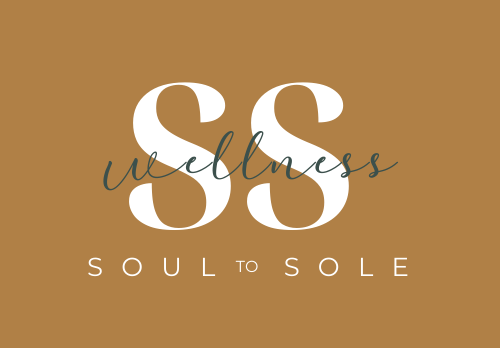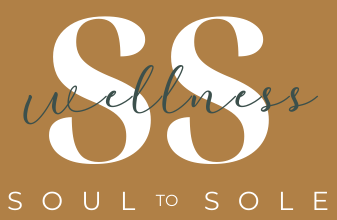

Gabriella DeLorenze
A Few Thoughts on Keeping Students Safe
Most of us yoga teachers have been taught what our teacher’s know. We have been taught what their teacher’s know and so on and so forth. Yes, there are opportunities for changes in the way we teach but I think, as teachers guiding other human being’s deeper into their bodies, we have been given a wonderful power. What we choose to do with this power is where things can get scary.
I am an anatomy teacher. I love alignment and cuing people deeper into their bodies. I love using just a few words (cues) to even entirely change the way the way you feel and experience a pose. However, alignment is so much more then knowing to keep your knee in line with your ankle joint…
Things to remember, keep in mind, and simply just my thoughts:
1. YES, allow your knee to come over your toes. It’s OKAY! It may not be best in a squat position like chair pose or a lunge like crescent lunge but with single leg balancing absolutely allow the knee to come in front of the toes. Not only does this strengthen your leg muscles but will help increase your balance and knee PNF – aka knowing where your body is in space.
2. Never cue the shoulder blades down when your arms are lifted overhead. Just don’t…for more on this visit my Instagram page where I’ve listed a whole bunch of reasons and scientific explanations…
3. If it feels like a “hard” end-feel in your joint it’s probably bone. What this means is that at a bone level everyone is going to be shaped differently. So if locust isn’t possible for you and your hip joint AT A BONE LEVEL, no matter how much stretching you’ve done and will continue to do, this posture will never accessible to you. THAT’S OKAY!!!! Some people won’t be able to straighten their arms the whole way due to elbow shapes….listen to your body. If it’s more of a soft “tissue” end feel stretch and pull and myofascial release everything! It may still be in your cards. Always remember to let pain/body sensations be your guide.
4. Cue muscles and joint actions. People know what it feels like to “squeeze your glutes” or “pull your shoulder blades together.” Yes, “pull your heart to the sky” in an upward facing dog but with some students, they’ll have no idea what you mean. Anatomy is anatomy and you’ll be speaking to everyone with shoulder blades if you cue that. Some people are coming to yoga to find their heart, they may not be ready to “open it” yet.
5. As a teacher, it is our privilege to get to speak to and guide our students. We are here to help some of them feel again, some to feel for the first time. Be easy with your students. Offer them what you have planned but offer modifications. Help them, with whatever tools you have in your belt to tune into their bodies. This will begin on the mat and will be carried with them into the world.
6. Don’t lock out any joint that’s weight bearing. In a high plank I don’t enjoy seeing elbows hyperextended. In a single leg stance (ex. dancer, airplane…) I don’t enjoy seeing the standing leg locked out. Please note: I am not saying that it will surely cause “x” injury because, it may not. It will cause tendons to have excess stressed placed on them and over time, this may cause unwarranted pain. A little softness is all you need. This even makes the balance harder as more muscles need to turn on to keep proper alignment!

